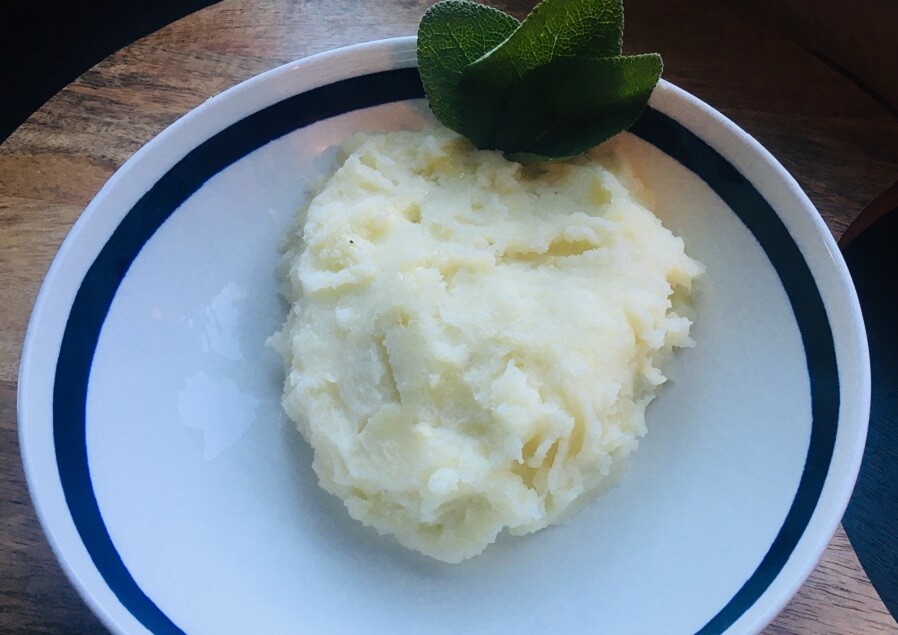
It is a water-soluble vitamin that helps the immune system operate properly. Vitamin C is abundant in parsnips, supplying roughly 25% of your daily requirements in only one serving. Parsnips also include vitamin C, a potent antioxidant, and folate, which helps lower the risk of stroke. One serving of parsnips offers around 10% of your daily potassium requirement. Furthermore, parsnips are high in potassium, which is known to help decrease blood pressure. The fiber in parsnips helps to lower cholesterol levels in the blood. Parsnips include several nutrients that are good for your heart.
PARSNIPS NUTRITION FACTS FREE
These vitamins aid in the body's scavenging of free radicals and reducing DNA damage, both of which can contribute to cancer in the future. They are high in antioxidants, vitamin C, vitamin E, and fiber. Parsnips are an excellent method to enhance your fiber consumption. Parsnip has very potentdiuretic and antioxidant properties and it comes very handy when it comes toboosting the immune system.Adequate fiber consumption through adolescence and young adulthood has been linked to a lower risk of breast cancer. It is also very efficient in improving the bowel movementsand treating anemia, kidney diseases and obesity. Parsnip is very good for the maintenance of proper kidneyand liver health. A serving of 100 grams of cooked parsnipscontains 70 calories, 1.7 micrograms of selenium, 17 grams of carbohydrates,0.3 micrograms of zinc, 5 grams of sugar, 0.6 milligrams of iron, 4 grams ofdietary fiber, 246 milligrams of sodium, 1 gram of protein, 29 milligrams of magnesium, 13 milligrams ofvitamin C, 69 milligrams of phosphorus, 1 milligram of vitamin E, 37 milligramsof calcium, 0.1 milligrams of vitamin B1, 367 milligrams of potassium, 0.1milligrams of vitamin B2, 58 micrograms of folate, 0.7 milligrams of vitamin B3and 0.1 milligrams of vitamin B6. Parsnips contain significantly low amounts ofcalories, saturated fats, cholesterol and sodium. Parsnips are jam packed with different types of vitamins andessential minerals such as potassium, vitamin K, manganese, vitamin C, folate, vitaminB complex, zinc and calcium. Parsnips can be roasted,boiled and steamed and they are an integral part of numerous different types ofstew and soup recipes. Parsnips blends wonderfully with certain types of ingredients such as cinnamon,tarragon, nutmeg, thyme, basil, parsley and dill weed. Parsnips are popular because of their delicate,sweet flavor which has a mild intensity and it blends so well with numerousother ingredients and enhances the overall flavor of many different dishes. They can be eatenraw or they can be cooked. Parsnips can bedescribed as carrots with a pale color of yellow or white. The wild variety of parsnips is much smaller in size than itscultivated counterpart and its taste is not that sweet.

Cook until the water evaporates and the parsnips have softened (about 5 minutes). The following nutrition information is provided by the USDA. Carrots are an excellent source of vitamin K, fiber, and vitamin A. When the butter has melted, add the onions and parsnips. One medium-sized carrot (61g) provides 25 calories, 0.5g of protein, 6g of carbohydrates, and 0g of fat. Parsnips have been used since the times ofthe ancient Rome. Heat the butter and water in a large pot.

Some other members of the family include carrot, caraway,coriander, fennel, dill and celery. The family is verybig as it includes approximately 3000 different species and more than 300 differenttypes of genera. It comes from the family of Apiaceae which is alsosometimes referred to by its obsolete name of Umbelliferae. Parsnip is a root vegetable,just like the carrot. Parsnips are closely related to carrots but they stand outas a healthier option with much more nutrients.


 0 kommentar(er)
0 kommentar(er)
